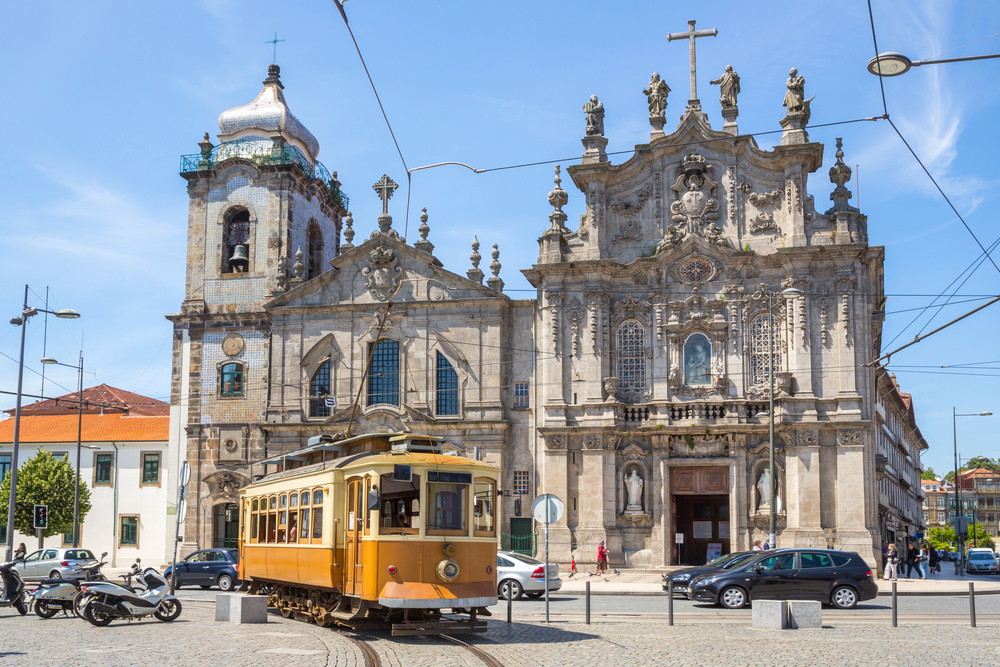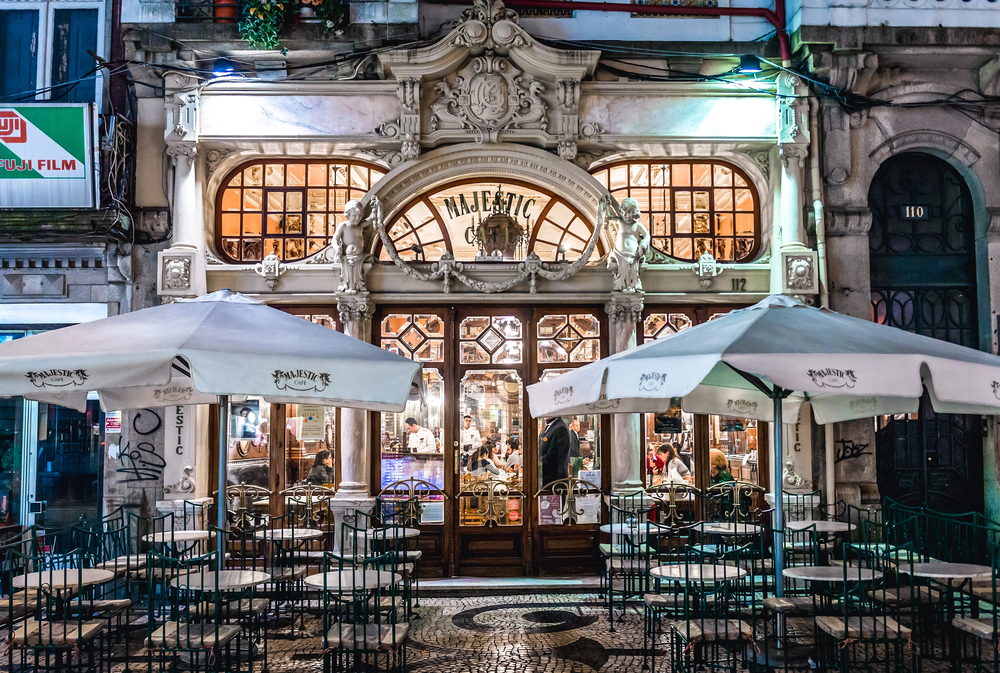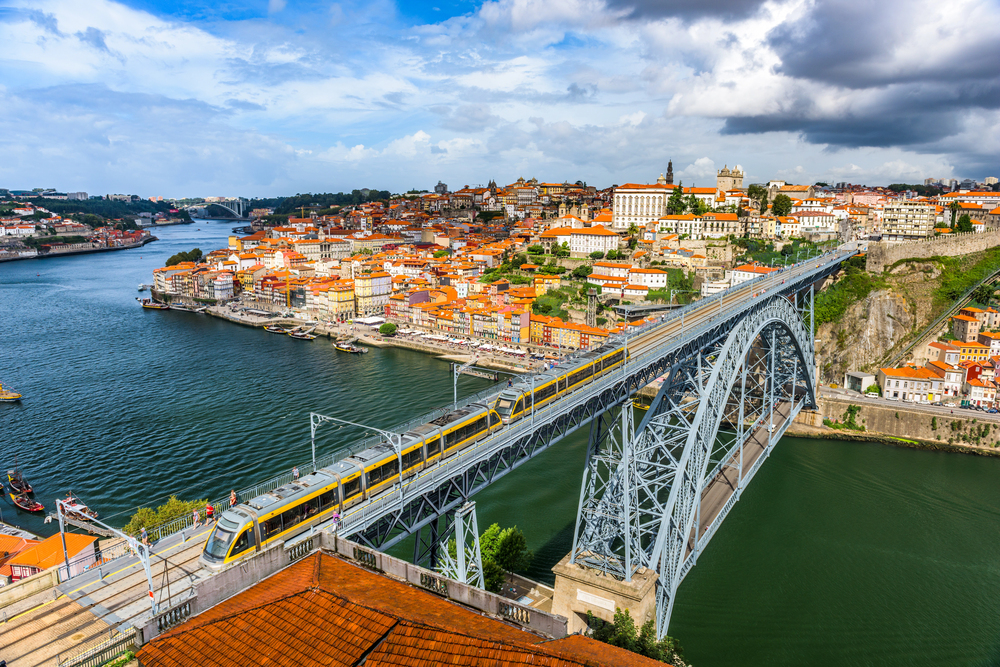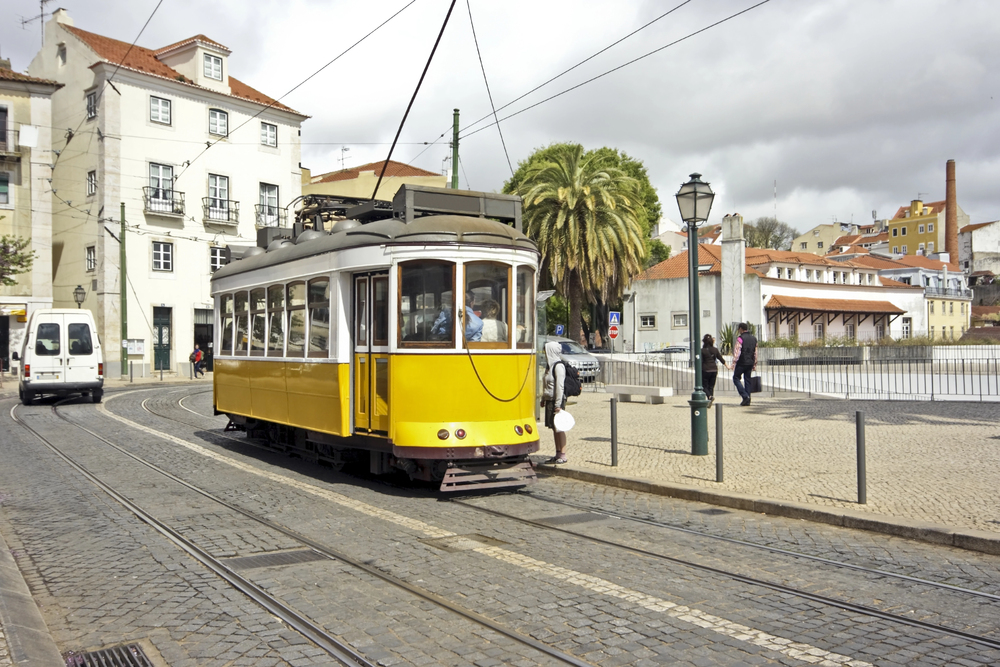Riding the vintage trams of Porto is one of the city’s most charming and nostalgic experiences, offering a unique way to see its historical districts and scenic riverside. However, with several tram lines to choose from and different ticket options, planning your journey can be overwhelming. In this guide, we’ll explore the best tram routes, insider tips, and the historical significance of Porto’s iconic trams to help you make the most of this delightful experience.
Key Takeaways:
- Three Main Tram Lines: Porto’s Line 1 is the most scenic, offering riverside views, while Line 18 and Line 22 take you through the city center, past historical landmarks.
- Affordable Ticket Options: You can purchase single rides (€3.50) or a 2-day pass (€10), which includes unlimited tram, bus, and funicular rides.
- Iconic Landmarks: Don’t miss Foz do Douro Beach, Carmo Church, and Rua Santa Catarina along the tram routes.
- Historical Significance: Porto’s tram system dates back to 1895, making it a cultural icon and a must-try experience.
- Best Times to Ride: Early mornings or late afternoons offer fewer crowds and the best views, especially along the Douro River.
What is the best tram ride in Porto?
The best tram ride in Porto is Tram Line 1, which runs along the Douro River from Infante to Passeio Alegre, offering stunning views of the river and landmarks like the Carro Eléctrico Museum. This scenic journey ends at the Foz do Douro beach, making it ideal for visitors seeking a picturesque and nostalgic experience through Porto’s most beautiful areas.
Exploring the Tram Lines in Porto

Porto has three main tram lines that are still in operation, each offering a different perspective of the city’s landmarks and neighborhoods.
Line 1: Infante to Passeio Alegre
Line 1 is Porto’s most scenic tram route, running along the Douro River from Infante to Passeio Alegre near the Foz do Douro beach. This 20-minute ride gives passengers breathtaking views of the river and the chance to pass by notable sites like the Carro Eléctrico Museum and the Solar do Vinho do Porto. It’s the perfect route for those looking to experience both the historic and coastal sides of Porto.
Line 18: Massarelos to Carmo
Line 18 offers a shorter route but is packed with historical significance. Starting at Massarelos, near the Douro River, this line takes you to Carmo in the heart of Porto, where you can explore landmarks like the Carmo Church and Palácio de Cristal Gardens. This route is ideal for travelers looking to combine a tram ride with a visit to Porto’s popular city-center attractions.
Line 22: Carmo to Batalha
Line 22 runs in a loop from Carmo to Batalha and passes through Rua Santa Catarina, Porto’s most famous shopping street. Along the way, you’ll see iconic buildings like the Majestic Café and Avenida dos Aliados. This tram route is perfect for those who want to mix sightseeing with a bit of shopping.
Tickets & Prices
Porto’s trams are not only a delightful experience but also an affordable way to get around the city. Here’s a quick breakdown of the available ticket options:
- Single Ride (€3.50): Ideal for those just wanting a one-time experience on any of the tram lines.
- Two Rides (€6): Perfect if you want to explore two different lines, such as combining Line 1 and Line 22.
- 2-Day Pass (€10): Best for visitors planning to explore the city by tram over a couple of days. This pass includes unlimited rides on all tram lines, buses, and the Funicular dos Guindais.
You can purchase tickets at the tram stops or onboard the tram. If you’re planning to use the tram frequently, the 2-day pass offers great value and flexibility.
What to See Along the Tram Routes
Each of Porto’s tram lines offers unique sights and landmarks. Here’s what you can expect to see:
Line 1: Infante to Passeio Alegre

- Douro River: Enjoy stunning views of the river as you ride along the riverside road.
- Foz do Douro: End your journey at Passeio Alegre and take a relaxing walk along the Foz do Douro beach.
- Carro Eléctrico Museum: Stop here to learn more about the history of Porto’s trams and see vintage tramcars.
Line 18: Massarelos to Carmo

- Carmo Church: One of Porto’s most famous churches, known for its striking blue-tiled façade.
- Palácio de Cristal Gardens: A beautiful spot for a peaceful walk with panoramic views of Porto and the Douro River.
Line 22: Carmo to Batalha

- Rua Santa Catarina: Porto’s bustling shopping street, lined with cafes and boutiques, including the famous Majestic Café.
- Avenida dos Aliados: A grand avenue in the heart of Porto, home to some of the city’s most impressive architecture.
A Brief History of Porto’s Trams
Porto’s tram system dates back to 1895, making it one of the oldest in the world. Originally introduced as a means of public transportation, the trams have become an iconic part of the city’s cultural heritage. Though they were once the main mode of transport in Porto, today, the trams serve a more nostalgic purpose, offering both locals and tourists a vintage journey through the city’s historic streets.
The Carro Eléctrico Museum on Line 1 is a must-visit for those interested in the history of the trams. The museum houses several vintage tramcars and offers detailed exhibits on how the tram system developed over the years.
Insider Tips
To get the most out of your Porto tram experience, keep these tips in mind:
- Best Times to Ride: Ride the trams early in the morning or late in the afternoon to avoid crowds and secure a good seat, especially on Line 1.
- Where to Sit: For the best views on Line 1, sit on the right side of the tram to get unobstructed views of the Douro River.
- Plan Your Journey: Consider combining a tram ride with a visit to the Carro Eléctrico Museum or a walk along the Foz do Douro beach for a full day of exploring.
Explore Porto with MegaPass

For a more flexible and convenient way to explore Porto, consider the Porto MegaPass, which provides access to multiple attractions and transportation services, including the city’s vintage trams. The MegaPass often includes free or discounted prices, along with entries to major attractions like Fátima & Coimbra: Full Day Private Tour, Full-Day Portuguese Historical Villages Private Tour and Port Wine Cellars. You’ll also benefit from unlimited access to public transport, making it easier to explore the city at your own pace.
With Porto MegaPass, you can combine your vintage tram journey with stops at iconic landmarks, museums, and scenic river walks.
FAQs
How much does a tram ride in Porto cost?
A single ride on Porto’s vintage trams costs €3.50, while a two-ride ticket is €6. For tourists, a 2-day pass costs €10, which includes unlimited rides on the tram, bus, and the Funicular dos Guindais. Tickets can be purchased at tram stops or onboard the tram.
Where can I catch Porto’s vintage trams?
You can catch Porto’s vintage trams at several key locations: Line 1 begins at Infante by the Douro River, Line 18 starts at Massarelos, and Line 22 begins its loop at Carmo near Porto’s downtown. Tram stops are well-marked, making it easy to hop on.
Why are Porto’s vintage trams so popular?
Porto’s vintage trams are popular because they offer a nostalgic and scenic way to explore the city. Operating since 1895, these trams let visitors experience Porto’s historic charm while passing iconic landmarks like the Douro River, Foz do Douro, and Carmo Church.
How long does a tram ride take in Porto?
A typical tram ride on Line 1 from Infante to Passeio Alegre takes around 20-25 minutes. Other lines like Line 18 and Line 22 offer shorter rides, lasting about 15-20 minutes, depending on traffic and stops.
What are Porto’s tram operating hours?
Porto’s trams typically operate between 9 AM and 7 PM, though this can vary depending on the line and season. Line 1 along the Douro River runs every 20-30 minutes, so you won’t have to wait long for the next tram.
Will I need to buy tram tickets in advance?
No, you do not need to buy tram tickets in advance. Tickets can be purchased directly onboard or at tram stops. However, if you plan to use the tram frequently, consider purchasing a 2-day pass for better value.
What can I see on Tram Line 1 in Porto?
Tram Line 1 offers scenic views of the Douro River and passes landmarks like the Carro Eléctrico Museum and Solar do Vinho do Porto. The ride ends at Foz do Douro, where you can take a relaxing walk along the beach.
How can I combine tram rides with other sightseeing in Porto?
To maximize your Porto experience, combine tram rides with other attractions like the Carro Eléctrico Museum on Line 1, Carmo Church on Line 18, and a stroll along Rua Santa Catarina after a ride on Line 22. A 2-day pass can also be used on buses and the funicular.
What is the history behind Porto’s trams?
Porto’s tram system dates back to 1895, making it one of the oldest electric tram systems in Europe. Initially a primary mode of transportation, the trams are now preserved as a cultural icon, offering both locals and tourists a unique way to explore the city.
Conclusion
Riding Porto’s vintage trams is more than just transportation—it’s a nostalgic journey through the city’s scenic routes and rich history. Whether you’re gliding along the Douro River on Line 1 or passing through the heart of the city on Line 22, these trams offer a unique way to see Porto’s beauty. Book your tram tickets today and enjoy a memorable experience through one of Portugal’s most charming cities!

Leave a Reply